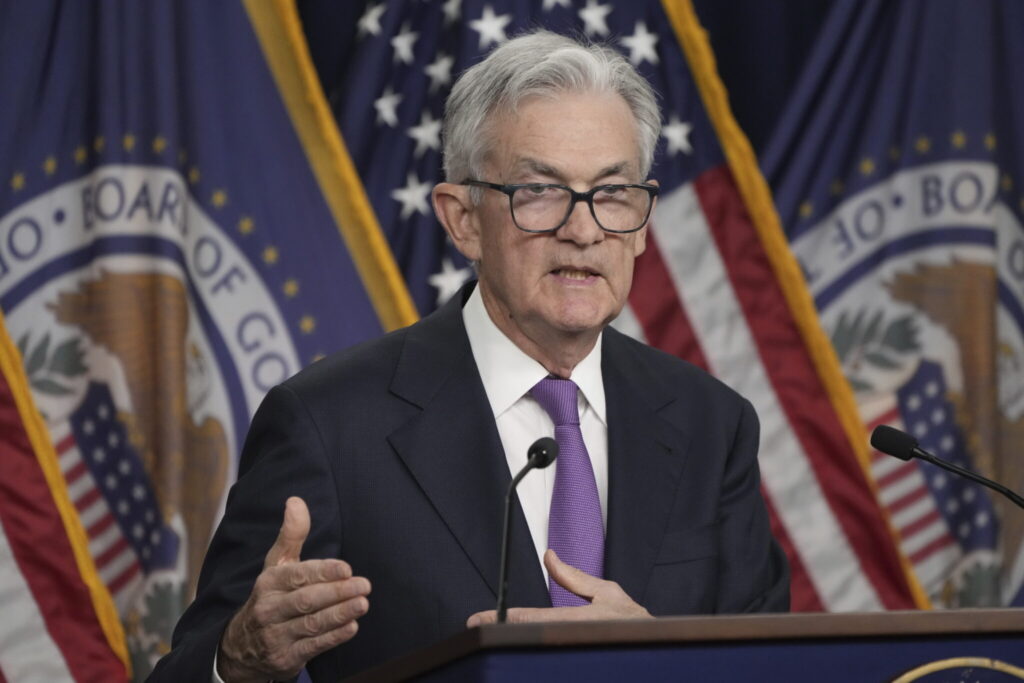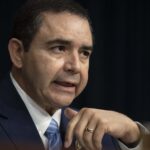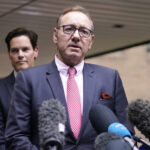The Federal Reserve held interest rates steady on Wednesday but left the door open to a further increase in borrowing costs in a policy statement that acknowledged the U.S. economy’s surprising strength, but also nodded to the tighter financial conditions faced by businesses and households. “Economic activity expanded at a strong pace in the third quarter,” the U.S. central bank said in a policy statement after a two-day meeting in which officials unanimously agreed to leave the benchmark overnight interest rate in the 5.25%-5.50% range where it has been since July.
Quick Read
Federal Reserve Rate Policy and Economic Outlook:
- Interest Rate Decision:
- The Fed maintained the key short-term interest rate at approximately 5.4%, unchanged for the second consecutive time.
- Inflation and Economic Activity:
- Inflation has decreased from a peak of 9.1% to 3.7%.
- Economic growth and consumer spending remain strong, with a 4.9% annual growth rate last quarter.
- Job market robust, with 9.6 million job openings last month.
- Financial Market Impact:
- Financial markets have seen higher long-term interest rates, affecting borrowing costs.
- Stock market losses and bond yields potentially depress the economy, akin to multiple rate hikes.
- Fed’s Stance:
- The Fed is open to future rate hikes if inflation resurges.
- Officials note tighter financial conditions are likely to slow economic activity.
- There is a cautious approach to changing rates due to the healthy state of the economy and recent financial market developments.
- Expectations:
- Most anticipate the Fed to keep rates unchanged in December.
- Chair Jerome Powell emphasizes the Fed’s focus on returning inflation to the 2% target.
- Market Reaction:
- Treasury yields have soared, with the 10-year note nearing 5%.
- Mortgage rates are close to 8%, the highest in 23 years.
- Fed’s Next Moves:
- The Fed may wait to observe the economic impact before deciding on further rate adjustments.
The Associated Press has the story:
Fed leaves rates unchanged, acknowledges economy is ‘strong’
Newslooks- WASHINGTON (AP)
https://www.newslooks.com/wall-street-drifts-higher-counting-down-to-fed-reserves-decision/ The Federal Reserve kept its key short-term interest rate unchanged Wednesday for a second straight time but left the door open to further rate hikes if inflation pressures should accelerate in the months ahead.
The Fed said in a statement after its latest meeting that it would keep its benchmark rate at about 5.4%, its highest level in 22 years. Since launching the most aggressive series of rate hikes in four decades in March 2022 to fight inflation, the Fed has pulled back and has now raised rates only once since May.
The statement noted that recent tumult in the financial markets has sent longer-term interest rates up to near 16-year highs and contributed to higher borrowing rates across the economy.
“Tighter financial and credit conditions for households and businesses,” it said, “are likely to weigh on economic activity.”
That reference echoed recent comments by Fed officials that higher yields — or interest rates — on the 10-year Treasury note could impose a dampening impact on the economy, cool inflation and substitute for an additional rate hike by the Fed.
Long-term Treasury yields have soared since July, the last time the Fed raised rates, swelling the costs of auto loans, credit card borrowing and many forms of business loans. Nationally, the average long-term fixed mortgage rate is nearing 8%, its highest level in 23 years.
Economists at Wall Street banks have estimated that sharp losses in the stock market and higher bond yields could have a depressive effect on the economy equal to the impact of three or four quarter-point rate hikes by the Fed.
Those tighter credit conditions, though, have yet to cool the economy or slow hiring as much as the Fed had expected. Growth soared at a 4.9% annual pace in the July-September quarter, powered by robust consumer spending, and hiring in September was strong. On Wednesday, the government said employers posted a sizable 9.6 million job openings last month, well below the peak of early last year but still sharply above pre-pandemic levels.
Consumer inflation has dropped from a year-over-year peak of 9.1% in June 2022 to 3.7% last month. But recent data suggests that inflation remains persistently above the Fed’s 2% target.
Chair Jerome Powell and other Fed officials have responded to the surprising evidence of economic strength by saying the Fed will monitor incoming data for any hints that inflation will either further subside or remain chronically above its target level. In the meantime, most Fed watchers expect the central bank to keep rates unchanged in December as well.
For the first time in nearly two years, the Federal Reserve is set Wednesday to keep its key short-term interest rate unchanged for a second straight policy meeting — the clearest sign to date that the Fed is edging closer to the end of its rate-hiking campaign.
The Fed is standing pat, for now, in part because the economy has been moving mostly in the direction that Chair Jerome Powell has hoped for: Inflation has tumbled, even though hiring, consumer spending and economic growth have remained robust. A widely predicted recession hasn’t materialized.
But the deceleration of inflation has slowed, and solid economic growth could keep inflation elevated or even send it higher. As a result, Powell and other Fed officials aren’t yet willing to take a final rate hike off the table. At a new conference Wednesday, Powell will likely highlight the progress the central bank has made while still underscoring that inflation remains too high and that future rate hikes might be needed to finish the job of slowing inflation to the Fed’s 2% target.
“The Fed has to talk tough on inflation,” said Michael Arone, chief investment strategist at State Street Global Advisors. “They have no other choice if they want to keep their inflation-fighting credibility intact.”.
Since March 2022, the Fed has raised its key rate from near zero to roughly 5.4% in its effort to tame inflation, which reached a four-decade high in 2022 as the economy roared out of the pandemic recession. The costs of mortgages, auto loans and credit card debt have all risen in response. Annual inflation, as measured by the government’s consumer price index, has sunk from a 9.1% peak in June of last year to 3.7%.
Powell and other Fed officials are weighing two different trends as they consider their next moves: On the one hand, U.S. economic growth surged in the July-September quarter on the back of robust consumer spending, and hiring jumped in September, keeping the unemployment rate near a five-decade low.
On the other hand, turbulent financial markets have sent longer-term rates on U.S. Treasurys surging, driven stock prices lower and raised corporate borrowing costs. Several of the Fed’s policymakers have said they think those trends may contribute to an economic slowdown — and, in process, ease inflation pressures — without the need for further rate hikes.
Economists at Wall Street banks have estimated that sharp losses in the stock market and higher bond yields over the past few months will have a depressive effect on the economy equal to the impact of three or four quarter-point rate hikes by the Fed.
“It’s clearly a tightening in financial conditions,” Powell said this month. “That’s exactly what we’re trying to achieve.”
Though the Fed has raised its benchmark rate to a 22-year high, it hasn’t imposed any hikes since July. Even so, the yield — or interest rate — on the 10-year Treasury note has kept rising, touching 5% last week, a level it hadn’t reached in 16 years. The surge in Treasury yields has caused the average 30-year fixed mortgage rate to reach nearly 8%.
Market analysts say an array of factors have combined to force up Treasury yields. For one thing, the government is expected to sell potentially trillions of dollars more in bonds in the coming years to finance huge and persistent budget deficits even as the Fed is shrinking its holdings of bonds. As a result, higher Treasury rates may be needed to attract more buyers.
And with the future path of rates murkier than usual, investors are demanding higher yields in return for the greater risk of holding longer-term bonds.
What’s important for the Fed is that the yield on the 10-year Treasury has continued to zoom higher even without rate hikes by the central bank. That suggests that Treasury yields may stay high even if the Fed keeps its own benchmark rate on hold, helping keep a lid on economic growth and inflation.
Powell has said the central bank can “proceed carefully” as it weighs the impact of the tighter credit on the healthy economy. And Christopher Waller, a member of the Fed’s governing board, said last month, “I believe we can wait, watch and see how the economy evolves before making definitive moves” on interest rates.
Wall Street traders foresee a 97% probability that the Fed will leave interest rates unchanged Wednesday, according to the CME FedWatch Tool. And they envision only a 29% chance of a rate hike at the Fed’s following meeting in December.







